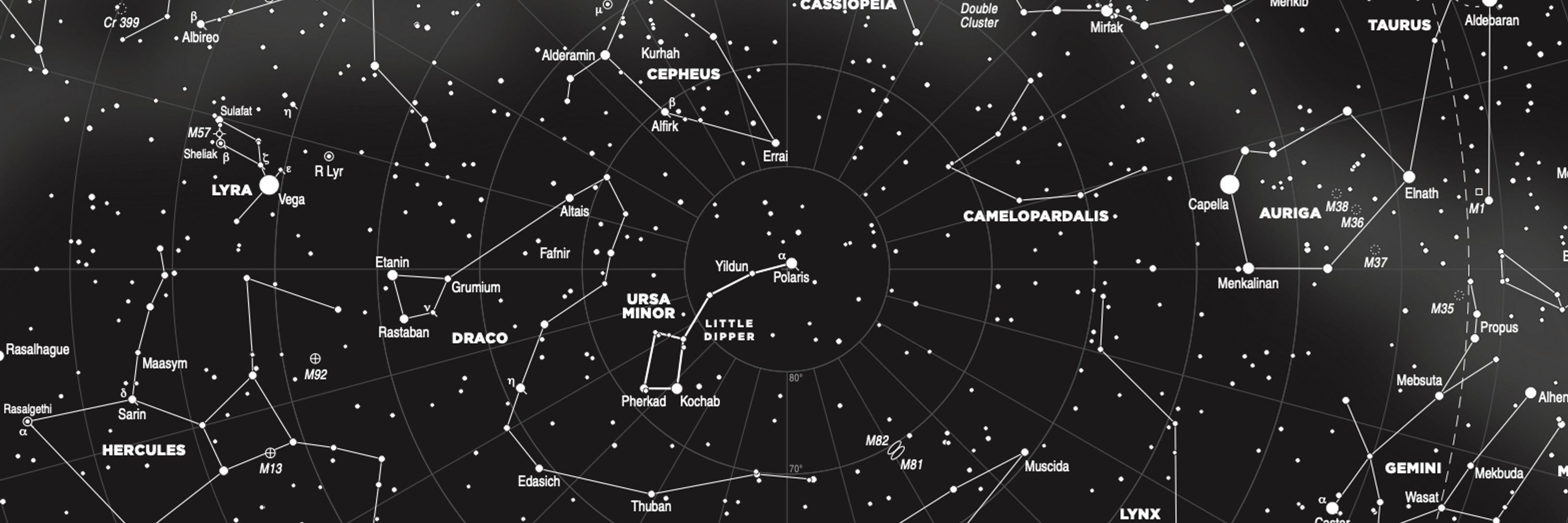
Kym Thalassoudis PhD
The distant planet is currently located a few degrees south of the Pleiades star cluster (M45). Uranus is easy to spot with a set of binoculars. Refer to the chart and search for a pale blue "star".
#stargazing

The distant planet is currently located a few degrees south of the Pleiades star cluster (M45). Uranus is easy to spot with a set of binoculars. Refer to the chart and search for a pale blue "star".
#stargazing
🌟 The next few days remain a great time for evening stargazing. Download The Evening Sky Map (PDF) (skymaps.com/tesm/) and enjoy exploring the Universe with your eyes, binoculars or a telescope! 🔭
#stargazing #space

🌟 The next few days remain a great time for evening stargazing. Download The Evening Sky Map (PDF) (skymaps.com/tesm/) and enjoy exploring the Universe with your eyes, binoculars or a telescope! 🔭
#stargazing #space
#stargazing
#stargazing
#stargazing
#stargazing
Lore: Skymaps.com/myths/

Lore: Skymaps.com/myths/
#stargazing

#stargazing
Live Stack: 13x30s. Rig details: skymaps.com/ir0/
#comet #cometLemmon

Live Stack: 13x30s. Rig details: skymaps.com/ir0/
#comet #cometLemmon
#stargazing #Moon




#stargazing #Moon
#stargazing

#stargazing
#stargazing


#stargazing
#stargazing
skymaps.com/skycalendar/
#stargazing
skymaps.com/skycalendar/
#stargazing

#stargazing
#supermoon #stargazing

#supermoon #stargazing
#stargazing

#stargazing
#stargazing #space

#stargazing #space

in-the-sky.org/news.php?id=...

in-the-sky.org/news.php?id=...
#stargazing
#stargazing
#stargazing
#stargazing
#astrophotography

#astrophotography
#stargazing

#stargazing
Mono image (20x30s) with this imaging rig: skymaps.com/ir2/

Mono image (20x30s) with this imaging rig: skymaps.com/ir2/
Sky mythology books: skymaps.com/myths/

Sky mythology books: skymaps.com/myths/
#outreach #sun



